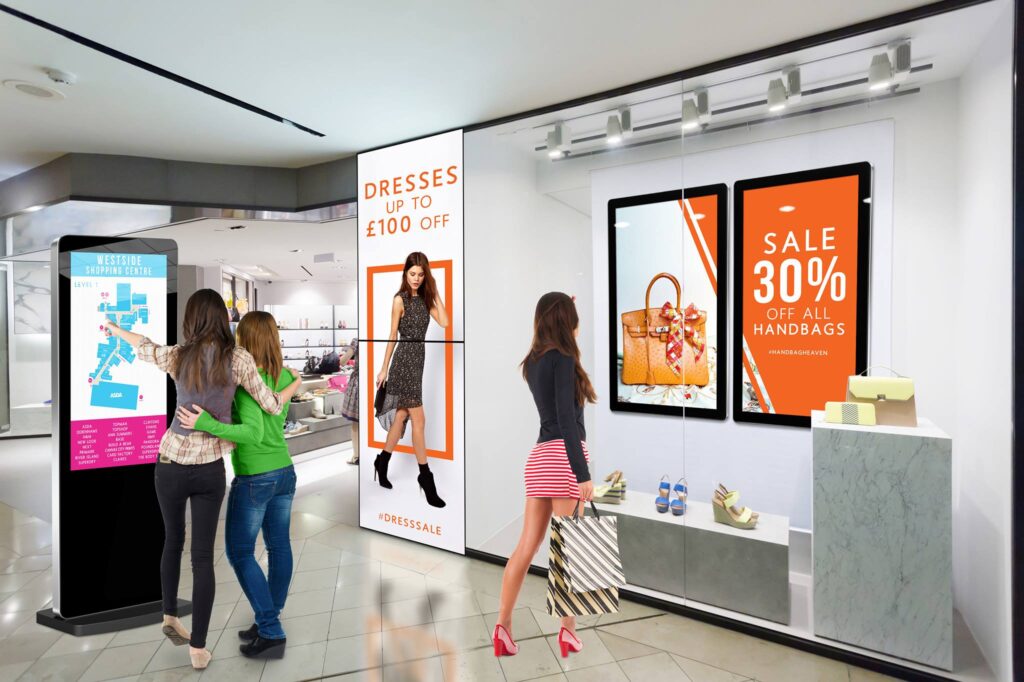Unlock the potential of custom signage to elevate brand identity and create memorable customer experiences.
Why Brand Identity Matters for Your Business
Brand identity is more than just a logo or color scheme—it’s the distinct personality of your business. A strong brand identity helps customers immediately recognize and connect with your brand. Custom signs play a vital role in shaping this identity by visually representing your business’s values, style, and voice. When designed thoughtfully, custom signs serve as an extension of your brand, creating an immediate connection with customers and conveying your message effectively.
Creating a Lasting First Impression
First impressions are crucial in business, especially in competitive markets. Custom signs are one of the first things people notice about a business, and they can make a lasting impact on potential customers. A well-designed custom sign tells customers that your business values quality and detail, building trust before they even walk through the door. Whether it’s a storefront sign, lobby sign, or wayfinding sign, customized designs that reflect your brand’s aesthetic can make a memorable impression and set you apart from competitors.
Businesses that utilize unique, branded signs at their location are more likely to attract attention and generate foot traffic. For example, a visually striking sign with clear messaging can invite people to explore further, creating an inviting atmosphere and piquing curiosity. Custom signs not only serve a practical function but also convey a story that resonates with your audience.
Engaging Customers with Personalized Messaging
One of the main advantages of custom signs is the ability to personalize your messaging. With customized signage, you have the flexibility to communicate with your audience in a way that feels authentic and direct. For instance, a restaurant can use custom chalkboard signs to showcase daily specials or a retail store can have custom window decals for seasonal promotions. This approach engages customers by offering relevant and timely information that adds value to their experience.
Custom signs can also include subtle calls-to-action, encouraging customers to take the next step, whether that’s entering the store, visiting a website, or following on social media. Tailoring your message to your target audience increases the likelihood of engagement and deepens the connection between the customer and your brand.
Choosing the Right Materials for Your Custom Sign
The material you choose for your custom sign is just as important as the design. Different materials convey different impressions and can affect the durability and overall look of your signage. For example, metal signs give a sleek, modern look, while wood signs can convey warmth and authenticity. Vinyl and acrylic materials are versatile choices that offer a variety of finishes and colors, making them popular options for businesses aiming for a professional, polished look.
Consider how weather-resistant and durable your materials need to be, especially if your sign will be displayed outdoors. Investing in high-quality, long-lasting materials shows customers that your brand values quality and sustainability, adding another layer to your brand’s image.
Integrating Brand Colors, Fonts, and Logo
Consistent branding is key to building recognition and trust, and custom signs provide an excellent opportunity to reinforce this consistency. Incorporating your brand’s colors, fonts, and logo into your custom signage creates a cohesive experience across all customer touchpoints. Each element, from color to typography, can evoke specific emotions and reactions, reinforcing your brand message. For instance, bright colors can convey energy and excitement, while neutral tones can suggest professionalism and stability.
Ensure that your custom signs match the look and feel of your business environment. If your brand is modern and minimalist, opt for clean, simple designs. If it’s traditional and cozy, choose softer colors and classic fonts. This attention to detail enhances brand recognition and creates a seamless experience for customers from one point of interaction to another.
Enhancing Customer Experience with Informative Signage
Custom signs can also improve the customer experience by providing helpful information. Informative signage, such as directional signs or service information boards, helps guide customers through your space with ease, reducing confusion and improving overall satisfaction. Well-placed, well-designed signs ensure that customers can navigate your business with minimal effort, creating a more enjoyable and welcoming environment.
Incorporating QR codes or URLs into your signs can also offer customers additional information on products or services, providing value and engaging customers even further. When customers feel that their needs are anticipated and addressed, they’re more likely to have a positive experience with your brand.
Custom signs are an essential tool for businesses looking to enhance brand identity and engage customers. From creating lasting first impressions to providing valuable information, custom signage allows you to showcase your brand in a unique, impactful way. By investing in quality materials, thoughtful design, and consistent branding, your custom signs can become a powerful part of your marketing strategy, helping to attract customers and leave a lasting mark on their minds.


